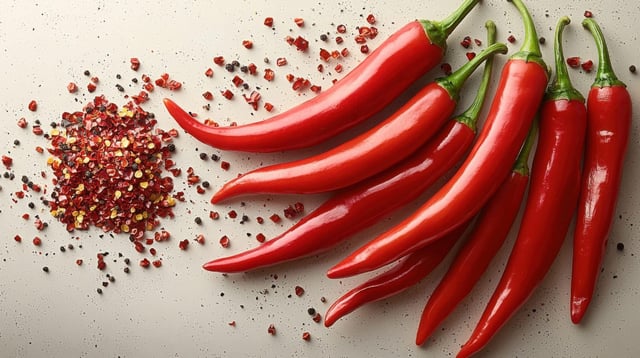Overview
- Scientists at Ohio State University confirmed that capsianoside I, roseoside, and gingerglycolipid A reduce perceived spiciness without altering capsaicinoid levels.
- The findings reveal that chili pepper heat perception is influenced by compounds beyond capsaicin, undermining the Scoville scale as a complete measure of pungency.
- Researchers demonstrated that peppers with identical capsaicinoid content can produce varying heat intensities due to these suppressor compounds.
- Potential applications include 'anti-spice' condiments to moderate spiciness, tailored pepper breeding, and non-irritating pain management therapies.
- The study combines sensory analysis and advanced chemical techniques, paving the way for innovations in food science and flavor modulation.

